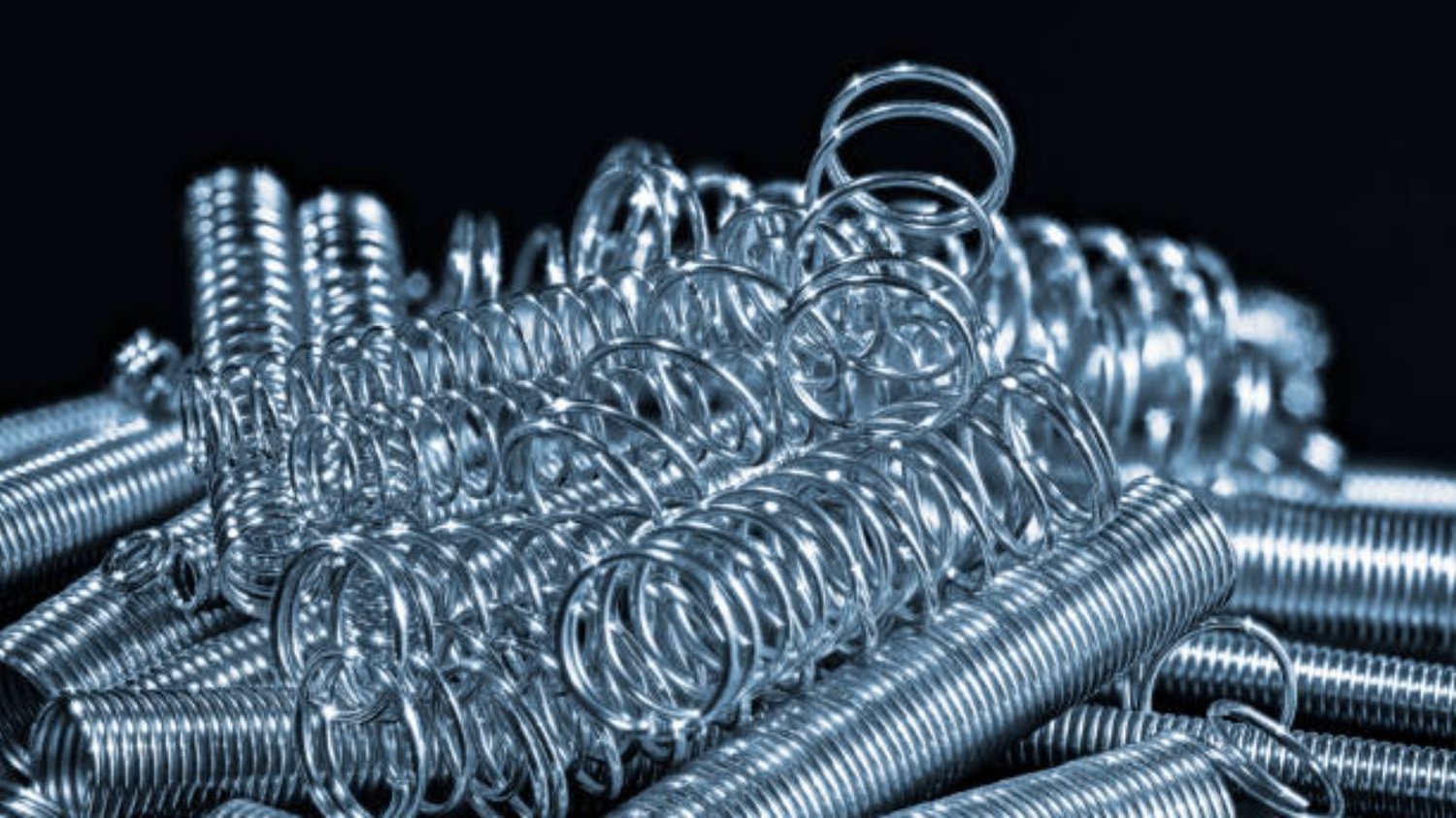The Significance of Springs in Railways
Railways, unquestionably, are the backbone of modern transportation. One of the key factors that ensure their safe and reliable operation is the use of springs. These small yet mighty components play a vital role in providing suspension, reducing vibrations, and enhancing ride comfort. In simple words, the reliability and longevity of the railways are inherently dependent on the quality of springs used. This article will delve deeper into the various springs used in railways, their functions, and the significance of choosing the right spring.
Coil Springs
Coil springs, as the name suggests, are tightly wound cylindrical-shaped springs that are made up of various materials like steel, titanium, and composite materials. They are commonly used in bogies to provide suspension to the train. Coil springs work by compressing and absorbing shocks and vibrations that are caused by irregularities in the track surface. They also keep the train's wheels pressed firmly against the tracks to prevent derailment in curves.
Torsion Springs
Torsion springs are used in railways to provide a twisting force that aids in maintaining the stability of the train's wheels. They work by reacting tangentially against the applied force, and thus, they provide resistance to twisting or rotational forces. Torsion springs are installed in the couplers that link adjoining carriages and help to prevent them from separation. They also reduce the impact when two carriages are joined.
Leaf Springs
Leaf springs are a semi-elliptical-shaped spring made up of several thin metal strips assembled in a laminated fashion. They are installed on the locomotives and wagons to provide the necessary suspension, which absorbs the shocks and vibration created by the track. Leaf springs are typically used in bogie suspension in the Indian railway system.
Rubber Springs
Rubber springs are popular and widely used in modern-day railways because of their excellent performance characteristics. They work by compressing and releasing the force to absorb shocks, vibrations and minimize noise levels. They are used in rail dampers and suspension systems. The leading advantage of rubber springs over traditional metal springs is the reduced weight, thus enhancing fuel efficiency and reducing costs.
Gas Springs
Gas springs, or commonly known as gas struts, are a type of spring that uses compressed gas in a cylinder to exert the necessary force. They are commonly used in brake systems and suspension systems. Gas springs are advantageous because they can be filled with a specific amount of compressed air or nitrogen gas, providing variable force outputs. Also, they have the added advantage of being highly resistant to corrosion and offer excellent resistance to the harsh outdoor environment.
Buffer Springs
Buffer springs are components installed in the couplers at the ends of railcars or coaches. This spring helps absorb any impact coming from the front or rear ends of multiple cars and brings the train to a smooth stop. It also helps to protect the coaches and locomotives from damage. Buffer springs feature heavy-duty metallic bodies with washers and nuts that are highly resistant to corrosion and wear and tear.
Hairpin Springs
Hairpin springs, also known as Zig-Zag springs, are a zigzag wire-shaped spring that is used to hold rail components together, particularly electrical lines. They are commonly used to hold the overhead electric cables and wiring on tracks, providing them the much-needed stability and preventing any sagging or deformation. Hairpin springs are typically made up of high-strength steel wire, ensuring that they will not break down under extreme weather conditions.
Conclusion
To conclude, Springs play a crucial role in the safe and reliable operation of railways. They provide suspension, absorb shocks and vibrations, reduce impact and noise levels, and offer the much-needed stability. The type of spring used depends on the specific requirements of the railway system, its application and environmental conditions. Therefore, it is crucial to choose the appropriate spring for rail application, which can ensure longevity, reliability and minimize maintenance costs.

